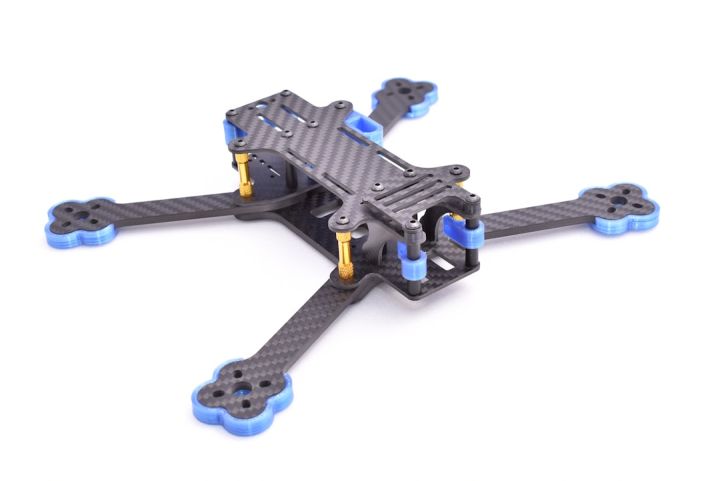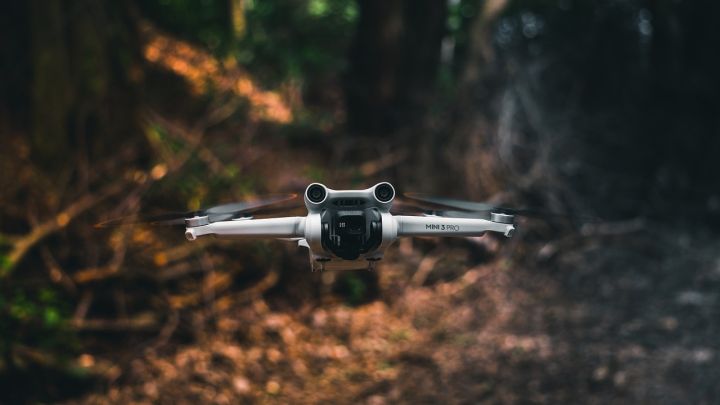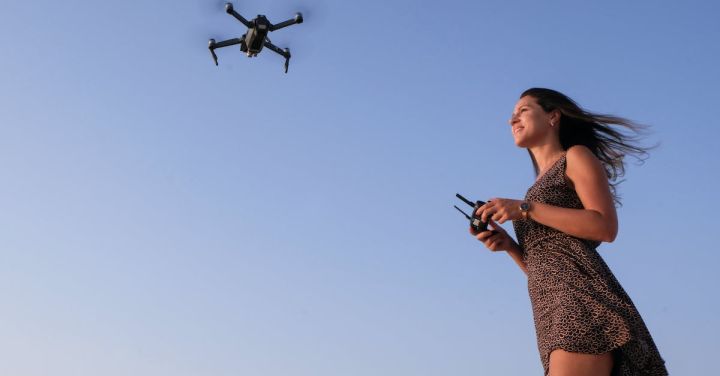What Are the Basics of Servo Motors in Rc Models?
Servo motors are a crucial component in the world of remote control (RC) models. Whether you’re controlling an airplane, car, boat, or any other RC model, understanding the basics of servo motors is essential. In this article, we will explore the key features and functions of servo motors, and how they contribute to the smooth and precise control of RC models.
How Do Servo Motors Work?
At its core, a servo motor is a small device that converts electrical signals into mechanical motion. It consists of three main components: a motor, a control circuit, and a potentiometer. The motor generates the mechanical force necessary for movement, while the control circuit receives signals from a receiver and determines the motor’s position. The potentiometer provides feedback to the control circuit, allowing it to adjust the motor’s position accurately.
The Role of Servo Motors in RC Models
Servo motors play a vital role in RC models by controlling the various moving parts. For example, in an RC airplane, servo motors are responsible for controlling the ailerons, elevators, rudder, and other control surfaces. In an RC car, servo motors control the steering mechanism, throttle, and braking system. These motors enable precise and responsive control, allowing RC enthusiasts to maneuver their models with ease.
Key Features of Servo Motors
1. Torque: Torque refers to the rotational force generated by a servo motor. It determines the motor’s ability to move a load or resist external forces. Higher torque servo motors are capable of handling larger and heavier control surfaces, ensuring stability during flight or drive.
2. Speed: The speed at which a servo motor moves is another crucial feature. It determines how quickly the control surfaces respond to input commands. Faster servo motors are ideal for high-speed applications, while slower ones are better suited for precise movements.
3. Resolution: Resolution refers to the smallest possible increment of movement that a servo motor can achieve. A servo motor with higher resolution provides finer control over the model’s movements, resulting in smoother and more precise maneuvers.
4. Centering: Centering is the ability of a servo motor to return to its neutral position accurately. A well-centered servo motor ensures that the control surfaces are aligned correctly, allowing for balanced flight or drive.
Servo Motor Types
There are various types of servo motors available, each designed for specific applications:
1. Analog Servo Motors: Analog servo motors are the most common type and are widely used in RC models. They are reliable, affordable, and offer decent performance for most applications.
2. Digital Servo Motors: Digital servo motors are an advanced version of analog servos. They provide higher torque, faster response times, and increased precision. Digital servos are ideal for high-performance RC models or applications that require precise control.
3. High-Voltage Servo Motors: High-voltage servo motors operate at higher voltages, allowing them to deliver more torque and perform better under heavy loads. They are commonly used in large-scale RC models or those that require extra power.
In Conclusion
Servo motors are an integral part of RC models, providing the necessary control and precision for smooth movements. Understanding their basics, including how they work, their key features, and the different types available, is essential for RC enthusiasts. By selecting the right servo motors for your RC model, you can enhance its performance and enjoy a more immersive and enjoyable experience.







